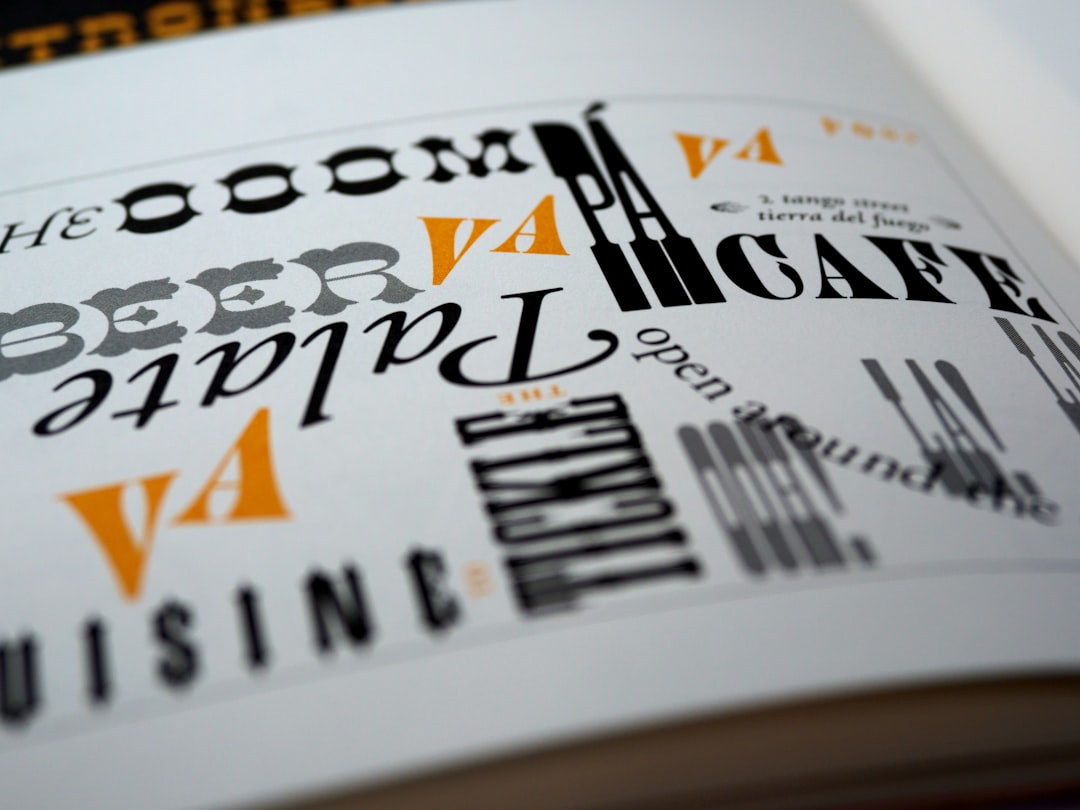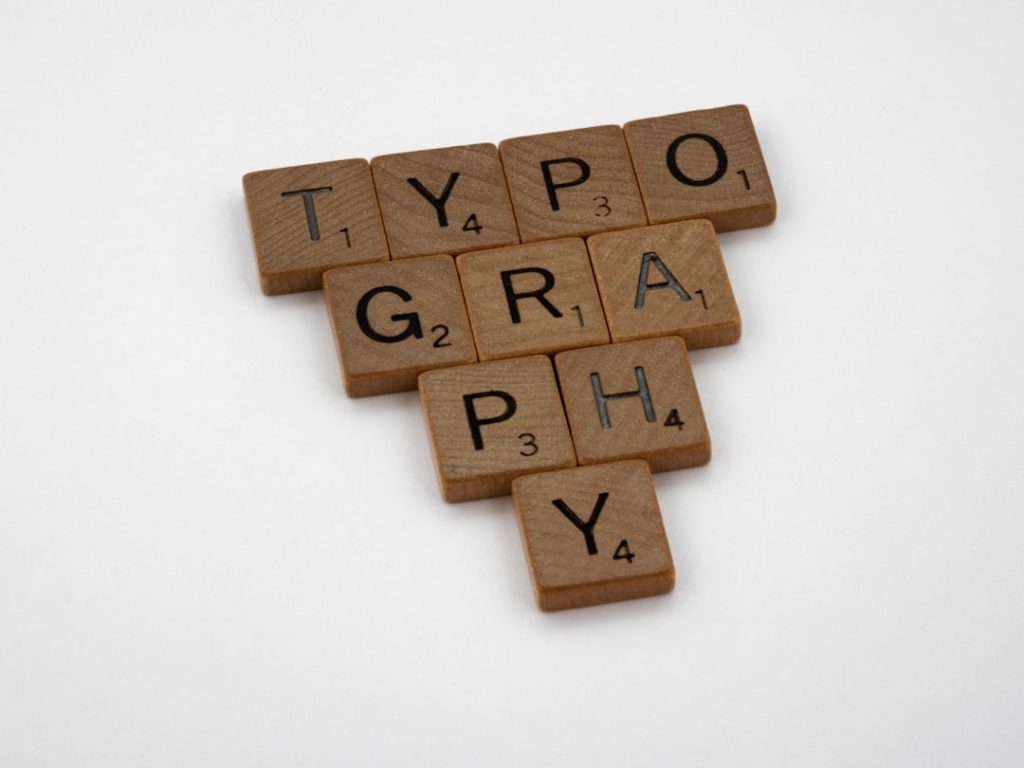Creating a memorable brand logo is a vital step in establishing identity in any market. But when entering new geographic regions like the US, UK, or Australia, companies must think beyond aesthetics — they need to consider cultural nuances, spelling differences, symbolism, and visual language to effectively localize their logos. Logos aren’t just decorative badges; they’re powerful communicators that need to resonate specifically with the target audience’s culture and preferences.
TL;DR: Localizing a logo for the US, UK, and AU markets involves more than just translation. Brands must account for cultural symbolism, regional spelling, color associations, and visual preferences unique to each country. Simplicity, adaptability, and cultural relevance play key roles. Successful localization ensures the brand is both recognizable and relatable to the target audience, without compromising global identity.
Understanding the Importance of Localization
Logo localization is a subset of brand localization, where the core elements of a brand’s visual identity adapt according to the preferences and expectations of specific regions. In an increasingly globalized economy, the “one-logo-fits-all” mentality no longer holds. What works in New York might not land the same in London or Sydney. Adjusting a logo doesn’t necessarily mean reinventing the wheel — it means optimizing for recognition and relatability while preserving brand integrity.
For instance, linguistic preferences in spelling, typography style, or even recognizable symbols can vary drastically. The goal of localization is to maintain brand recognition while ensuring the logo doesn’t miscommunicate or alienate a local audience.
Key Considerations When Localizing for the US, UK, and AU
Each English-speaking region — the United States (US), the United Kingdom (UK), and Australia (AU) — shares a common language but exhibits unique cultural and stylistic differences. Below are the core elements brands should evaluate during localization:
1. Color Association
Different cultures attach different meanings to colors. For example:
- USA: Red, white, and blue evoke patriotism. Green can symbolize growth but also has strong connotations with money.
- UK: Royal blue, deep reds, and golds can imply heritage or elegance. Bright colors might feel less corporate depending on context.
- AU: Earthy tones (like ochres, greens, and sky blues) reflect the country’s connection with nature and the Outback.
Ensure that your logo colors neither offend nor misrepresent local sentiments.
2. Typography and Fonts
Typography preferences differ subtly. Americans may lean toward bold, hardline fonts for clarity and impact, while Brits typically favor more refined and serif-influenced fonts that echo tradition. Australians often balance between modern minimalism and artistic flair.
It’s essential to review font clarity when adapting to different locales. A font that reads well in the US might feel aggressive or unsophisticated in the UK.

3. Spelling and Language Nuances
Even though English is the primary language in all three regions, spelling differences are significant — especially in taglines or textual logo components.
- US: “Color,” “Organize,” “Center”
- UK/AU: “Colour,” “Organise,” “Centre”
If your logo includes a wordmark that features these terms, tailor them accordingly. Even one misspelled (from the local perspective) word can diminish trust and perceived authenticity.
4. Use of Symbols and Icons
Icons and symbols may not translate directly across regions. For example:
- Mailbox: A US-style mailbox icon might not be recognized in the UK or AU where red post boxes are common.
- Currency Symbols: Avoid embedding Dollar ($) signs unless targeting only American users. UK uses the Pound (£) and AU uses its own version of the Dollar (A$).
Visual literacy varies by region. Ensure familiarity and cultural correctness with every icon featured.
Steps to Effectively Localize a Logo
Localizing a logo involves strategic planning and design modifications. Here’s a step-by-step process:
1. Conduct Market Research
Research the cultural preferences, symbolism, and visual language commonly used in the target country. Examine competitors and successful brands within each region to gather inspiration and insights.
2. Adapt Color Schemes
If the existing color palette holds cultural significance elsewhere or conveys unintended messages, modify it subtly to suit the target audience. For example, using coral in US may be vibrant, but may appear immature for UK legal brands.
3. Update Typography Accordingly
Select fonts that align with regional expectations and are compatible with local marketing materials. Always test readability in multiple formats (print, web, merchandise).
4. Modify Linguistic Elements
Spell check and regionally adjust any words or taglines that appear with the logo. Maintain semantic tone that resonates — a playful tagline may succeed in Australia but fall flat in British markets known for reserved professionalism.
5. Review Imagery and Symbolism
Examine each symbol you use. Can audiences easily understand and assimilate it? Avoid colonial or stereotypical images unless intentionally rebranded. For example, kangaroo symbols may over-simplify an Australian presence.
6. Test with Focus Groups
Before launching the localized logo, test it with real people in the target market. Collect feedback on emotional resonance, comprehension, and first impression.

7. Reiterate for Consistency
Ensure the changes do not disconnect the logo from the global visual identity of the brand. Localization should enhance relatability without sacrificing recognizability.
Examples of Brands That Get It Right
Several international companies showcase excellent logo localization practices:
- Coca-Cola: Adjusts bottle label designs and typography subtly according to regional tastes but maintains its iconic script style.
- McDonald’s: Uses localized imagery in logo accompaniments — adding Aboriginal art patterns in AU or field motifs in rural UK promotions.
- Google: Alters its homepage Doodles contextually for significant local events and holiday celebrations in each region.
Such practices underline the power of balancing consistency with cultural sensitivity.
Challenges to Avoid
While localizing a logo, brands must be cautious not to:
- Overcomplicate the design: Adding too many regional elements could clutter the visual aesthetic.
- Lose brand consistency: Deviating too far from the source identity may confuse global followers.
- Make assumptions: Cultural stereotypes can lead to backlash or poor reception.
FAQ: Localizing Logos for the US, UK, and AU
- Q: Should I create completely separate logos for each market?
A: Not necessarily. The base logo should remain consistent. Adapt secondary elements like font, tagline, and color to reflect local tastes. - Q: What common mistakes should brands avoid in logo localization?
A: Avoid over-stylizing with regional clichés, using unfamiliar icons, or misusing local terms and spellings. Always research cultural sensitivities and preferences. - Q: How often should localized logos be updated?
A: Revisions should align with branding updates or regional feedback. If the logo fails to resonate or appears outdated, consider reassessment. - Q: Can one logo design work for all three English-speaking markets?
A: Yes — if designed thoughtfully. Modular designs that allow slight localization in text, color, or iconography can perform well across US, UK, and AU. - Q: Is linguistic localization essential for logos without text?
A: While logos without text are more universally adaptable, you should still consider visual cues, cultural symbolism, and icon relevancy.
In summary, thoughtful localization makes logos far more than just a brand identifier — it transforms them into regional ambassadors. Brands willing to invest in regional sensitivity strengthen consumer connections and long-term loyalty.


